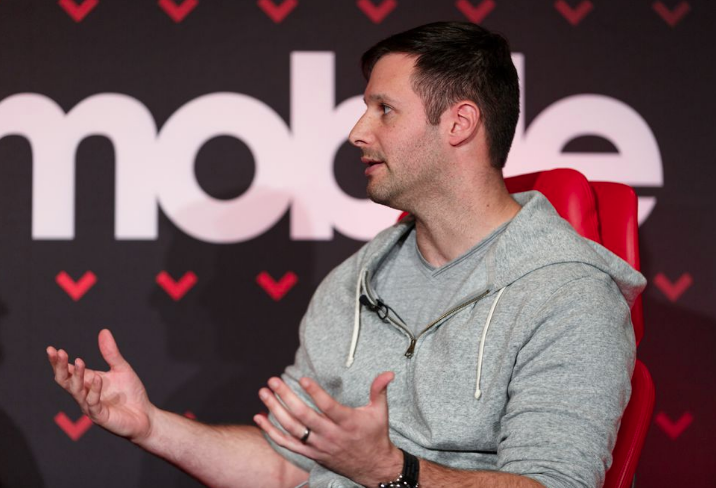When you think of VR, you likely think about immersive games like racing cars or vanquishing enemies in a simulated war zone. But that’s not going to be the primary way most people encounter virtual reality, two high-ranking executives in the industry say. Max Cohen, who leads mobile VR work for Facebook’s Oculus VR division, and Clay Bavor, who’s in charge of Google’s VR efforts, expect to see a lot more activity in virtual exploration and education.
Cohen called it a passive VR experience and Bavor called it VR video, but it’s the same basic idea: You’ll don your VR headset to visit a museum, explore the world with Google Maps Street View, watch concerts and sporting events, and immerse yourself in wraparound 360-degree video.
VR uses computer graphics technology to generate a simulated world. Its close cousin, augmented reality, blends the virtual and real worlds. Both are set to bring a major new digital experience to our lives — but only if the VR industry can come up with enough interesting things to do with them.
Part of the reason passive VR activities will dominate initially is simple financial reality. The cheapest way to get VR is by popping a higher-end phone into an inexpensive headset. The phone does the work of tracking how your head is moving and presenting the computer-generated stereo view on the phone screen that your brain interprets as a virtual realm. Google began selling its $79 Daydream View headset Thursday, and Oculus technology powers the Samsung Gear VR that’s been for sale for nearly a year.
“You need a device that can unlock access to interactive VR video experiences that’s inexpensive, that makes sense for tens of millions of people,” Bavor said at a Code Mobile event here in Santa Clara, California. “The vast majority of people will be introduced through one of these mobile devices.”
He and Cohen also see a role for higher-end dedicated devices with their own screens and electronics. However, they wouldn’t need to be as powerful as the Oculus Rift, which requires a powerful dedicated PC, or Sony’s PlayStation VR, which requires a game console. Phone-based devices and standalone headsets will bring VR to hundreds of millions of people, Cohen predicted.
Analyst predictions are in the same ballpark, though they don’t expect those numbers immediately. Juniper Research forecasts that 17 million phone-based VR headsets will be sold this year, increasing to nearly 60 million in 2021. That’s a lot, but for comparison, 342 million phones shipped in the second quarter of this year, according to IDC.
So far there are millions of Samsung Gear VR users, with 400 apps available and 100 more due by the end of the year, Cohen said. Collectively, they’ve spent more than 20 million hours using them. “That’s a lot of time that’s been spent in VR,” he said.

Bavor believes exploring museums and other distant destinations will be big. Already today, kids in school go on group expeditions using Google Cardboard headsets — a lower-end VR headset technology that takes the same approach as Daydream View but that doesn’t need as powerful a phone.
“Kids can go visit the Galapagos Islands or Verona together using VR as a portal to another space,” Bavor said. And they can check the ultra-detailed digital reproductions of art at the Google Cultural Institute. “I’m excited about VR’s potential in making art forms much more accessible, but in a form that’s much more true to the original,” where you can see each stroke of the paintbrush and get as close as you want — virtually — to the canvas.
Social activities like communicating with friends and family will come next, Cohen predicted. “VR is not isolating. It brings your friends and family to you.”
And in the long run, VR will completely reshape learning, constructing virtual worlds on the fly to match what students are researching.
“I don’t think you’ll have textbooks for teenagers in a decade,” Cohen said. “You’ll have VR, because you can experience it so much more and remember it better.”
Source: CNet
https://www.cnet.com/news/vr-museums-concerts-not-war-games-oculus-daydream-mobile/

